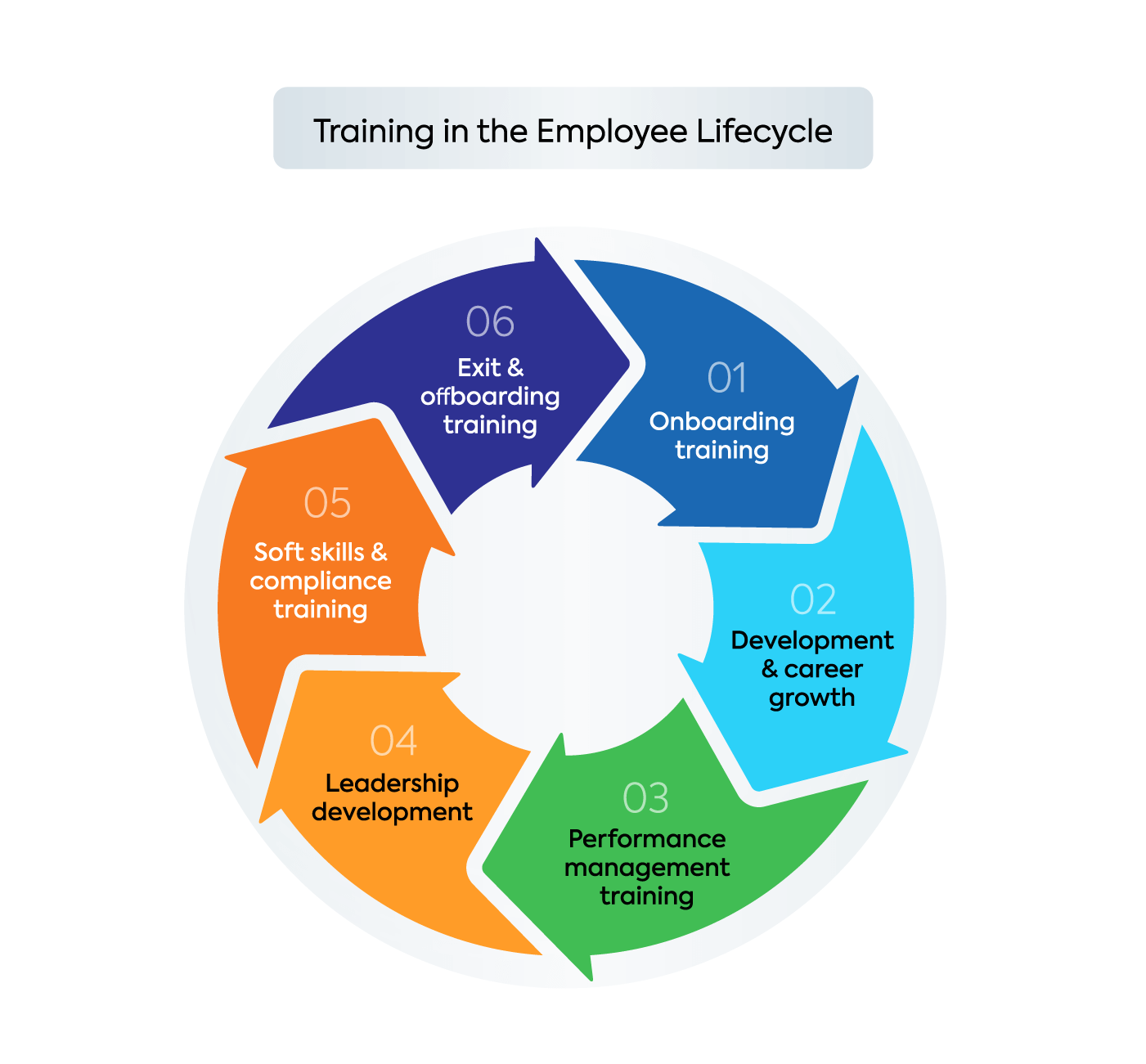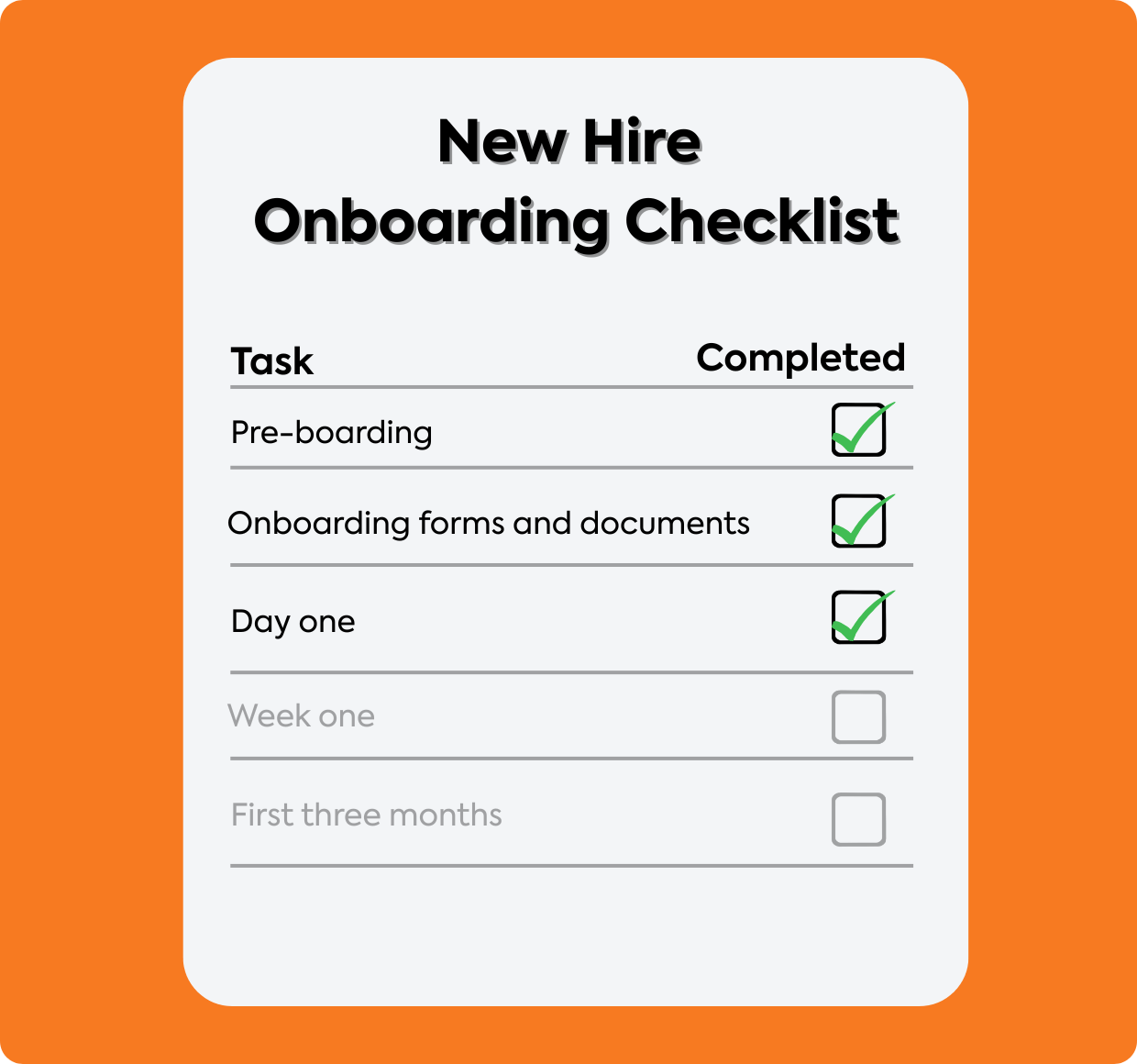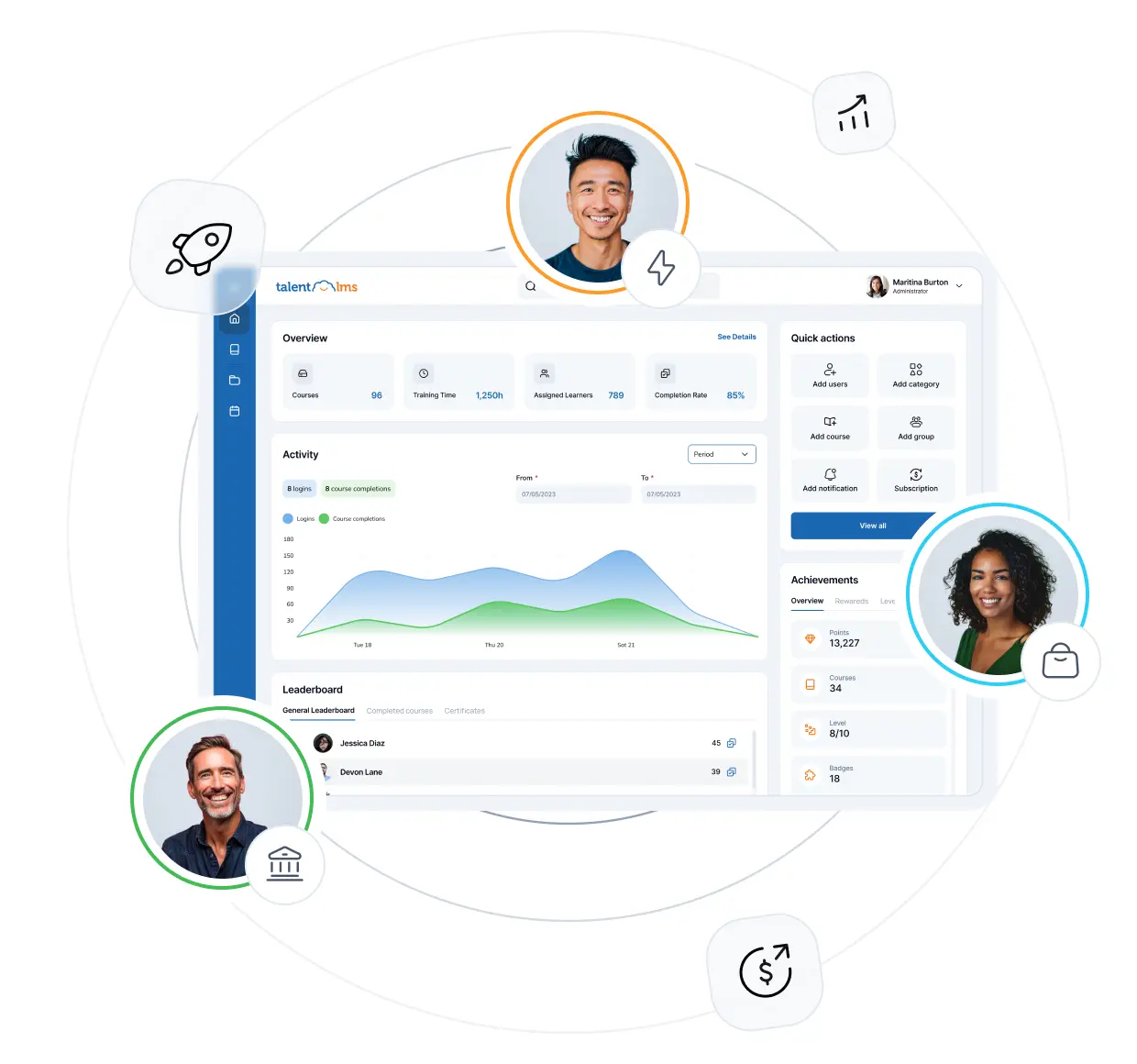What to Do at Every Stage

Most people in HR and L&D are aware of the employee lifecycle.
Attract the bright sparks, navigate the hiring maze, roll out the welcome mat during onboarding, nurture their growth, try desperately to keep them from jumping ship, and finally, manage the graceful (or sometimes not-so-graceful) exit.
It’s a familiar path.
But here’s where many organizations drop the ball, or perhaps more accurately, pack the ball away after the first kickabout. Training often gets treated like that introductory office tour — essential on day one, but quickly forgotten.
We spend weeks, sometimes months, perfecting the onboarding program, ensuring new hires know their Slack channels from their fire exits, only to then… well, largely leave them to it, barring the odd mandatory compliance session that no one actually pays attention to.
Instead, let’s consider a more wholehearted approach: an “employee training lifecycle”. It means thoughtfully mapping specific, relevant training and development opportunities to each stage of an employee’s journey with the company, from the moment they accept the offer to their final farewell wave.
Let’s explore what that looks like in practice and what an employee life cycle consists of.
Understanding the employee lifecycle
Before we dive into the ‘what training when’, let’s quickly recap the employee life cycle model itself.
- Attraction: It starts, naturally, with attraction — catching the eye of potential talent. Here, your team might need to be effective employer brand ambassadors or interviewers.
- Hiring: Then comes the hiring process, again, training for hiring managers on bias mitigation or effective interviewing is helpful.
- Onboarding: Once they’re through the door, onboarding begins — the phase most associated with training, getting them up to speed on company culture, systems, and their specific role.
- Employee development: Next is employee development, the long stretch where employees grow skills, take on new challenges, and hopefully progress. This is prime time for structured L&D.
- Employee retention: Following closely is employee retention, where engagement and growth opportunities (often fuelled by training) keep your best people from eyeing the exit.
- Offboarding: Finally, offboarding marks the end. While perhaps less obvious, even this stage offers chances for knowledge transfer training or equipping departing employees for their next chapter, securing alumni goodwill.
Each phase isn’t simply a milestone — it’s a touchpoint crying out for proper development.
How to align training to the employee lifecycle
Aligning training effectively means moving beyond ad-hoc sessions and really digging into the nitty-gritty of how to maximize your training efforts.
It requires a deliberate strategy, starting right from day one — or even slightly before.
Let’s break down what impactful training looks like at each key stage.
Employee onboarding training
Onboarding is undeniably training’s most populated stage, as its execution determines whether new hires sink or swim.
However, in the context of this blog, successful onboarding moves beyond the perfunctory.
It builds a solid foundation by integrating three core elements: compliance, culture, and capability.
Compliance training should be delivered efficiently, perhaps even before day one, freeing up precious initial hours.
More vital is cultural immersion. This isn’t achieved through a PowerPoint deck listing company values, instead, it happens by modelling how those values translate into daily work and team interactions. Show, don’t just tell.
Simultaneously, compatibility training must be practical. New hires need hands-on experience with the actual tools, systems, and workflows central to their job, guided by clear instruction and early performance feedback.
This is where modern employee onboarding training software can be invaluable. They handle the repeatable content delivery — the policy acknowledgements, the system tutorials — consistently and trackable.
That frees up valuable human time for managers and buddies to focus on connection, context, and clarifying those inevitable ‘silly questions’.
We know that this stage is often massive, with a lot of moving parts involved, which is why we urge you to get your new hire onboarding template here.
Development & career growth
Once an employee is comfortable and productive, the focus shifts to nurturing their potential and aligning their growth with the organisation’s future needs.
This phase is fundamentally about skills-based learning, which is a two-pronged approach. The first part has to do with upskilling, which sharpens and deepens expertise within their current career path (like a marketing specialist mastering advanced analytics). The second has to do with reskilling, which equips employees with entirely new skill sets for emerging roles or strategic pivots (such as training an admin professional in basic project management).
On top of that, true development thrives on continuous learning, integrating opportunities into the daily flow — think accessible microlearning modules, cross-functional project involvement, or specialist certifications.
Supporting this requires quality coaching relationships focused on performance enhancement, mentoring to help with broader career navigation and consistent, candid feedback loops.
Performance management training
Once you have the employee development and career part sorted out, the next phase often involves managing performance.
Effective performance management is a continuous cycle of setting expectations, dialogue, and development that underpins both growth and retention. However, it rarely happens effectively without specific training, primarily for managers, but also for employees.
Managers need to know how to set genuinely meaningful goals (think OKRs or SMART goals, not vague aspirations), deliver employee feedback that is both honest and constructive — a skill sadly rarer than a punctual plumber — and conduct appraisals that are fair, evidence-based, and genuinely developmental.
Performance training should also cover how to have difficult performance conversations and how to mitigate unconscious bias in evaluations.
Equally, employees benefit from training by understanding how performance is assessed, articulating their achievements, and proactively seeking and using feedback for their own growth.
Investing in this training transforms performance management from a dreaded bureaucratic exercise into a powerful tool for alignment, motivation, and identifying targeted development needs throughout an employee’s time with the company.
Leadership development
Investing in leadership development helps you to use your existing talent for bigger roles — what the pros call internal mobility.
For this training, the focus should be on building essential leadership skills, such as making sound strategic decisions, clearly communicating the company’s vision, motivating teams to perform well, and managing change effectively.
To make this work, companies need a structured way to identify employees with leadership potential early on. Once identified, they need targeted training programs.
This is where specific LMS tools can assist. For example, the Talent Pool feature within the TalentLMS platform is designed for this purpose. It lets HR and L&D teams group these high-potential individuals together. From there, specific leadership courses or learning paths can be assigned directly to that group, and their progress tracked easily.
Soft skills & compliance
Beyond role-specific expertise and leadership tracks, two continuous training streams run throughout an employee’s tenure: soft skills training and compliance training. Often viewed differently — one aspirational, the other obligatory — both are vital.
Soft skills, such as communication, collaboration, adaptability, and critical thinking, are the interpersonal glue holding teams and projects together. Their development shouldn’t be an afterthought.
Instead, targeted training in these areas can boost effectiveness in nearly every role, improving teamwork and client interactions.
On the other side sits compliance training. While perhaps less glamorous, it’s non-negotiable.
Covering areas like data protection (CCPA/GDPR), workplace safety, and industry regulations, it mitigates significant risks.
The trick is delivering it effectively — perhaps through regular micro-refreshers or scenario-based modules rather than annual data dumps.
An LMS is indispensable here for tracking skills completion meticulously. It can also act as your full-on compliance training software.
Exit & offboarding training
Even as an employee transitions out, there’s crucial work—and yes, training—to be done. The primary focus is structured knowledge transfer.
Ensuring critical information, processes, and contacts aren’t lost requires more than a quick chat. They require documented handover notes, shadowing sessions, or brief ‘train-the-successor’ activities facilitated by the departing employee.
Furthermore, the exit interview is a goldmine for honest feedback from the soon-to-be former employee, but only if conducted well. New manager training should teach them how to conduct these conversations effectively, moving beyond platitudes to gather actionable insights about the employee experience—data that directly informs future HR training strategy. That way you’re not left doing it last minute or forgetting about it later.
Finally, a respectful and organized way to leave, possibly introducing an alumni network, leaves a lasting good impression. This could help future efforts to attract talent long after they hand in their access card.
Why it matters: The ROI of lifecycle-based training
Treating the employee training lifecycle as a continuous journey, rather than a one-off event, yields large returns that resonate directly with the bottom line.
When development is part of employee life cycle management, you can directly increase retention. People are 94% less likely to leave when they see clear ways to grow and feel truly invested in.
Aside from that, effective onboarding and ongoing skills training accelerates time to productivity, getting new hires contributing faster and keeping existing staff sharp. Structured onboarding programs can improve new-hire retention by 82% and productivity by over 70%, after all.
Furthermore, this approach actively builds internal talent pipelines. By developing leadership and specialist skills systematically, you reduce reliance on costly external recruitment. External hires can cost up to 20% more than internal promotions.
And let’s not forget that consistent compliance training throughout an employee’s tenure significantly reduces compliance risks, potentially saving the organization from hefty fines and reputational damage.
It’s an investment that pays dividends in engagement, capability, and risk management.
Train your employees right
Viewing training through the lens of the entire employee life cycle isn’t a neat HR theory — it’s fundamental to building a resilient, capable workforce.
We need to shift our thinking from simply managing distinct employment stages to actively cultivating a positive employee experience and potential throughout their entire employee training lifecycle.
Confining meaningful development to the first few weeks is like planting a prize seedling and then forgetting to water it. Training that’s relevant at every stage is the key to growing, keeping people, and making sure your organization is ready for anything.














